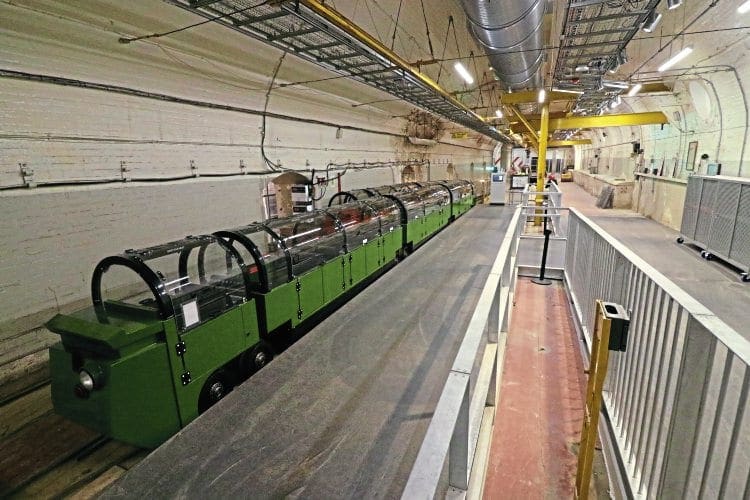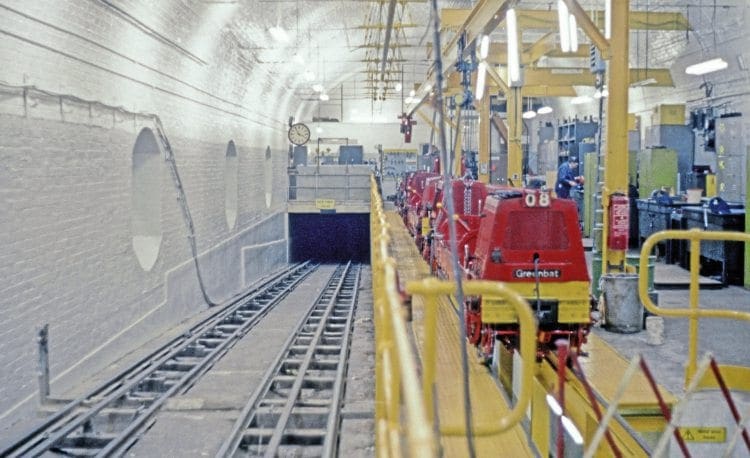Keith Fender visits the latest and most unusual tourist attraction to open in the capital.
THE Post Office Railway (named Mail Rail in 1987) was a 6½-mile (10.5km) long, 2ft- (610mm) gauge automated electric railway that opened in 1927 to move mail between central London sorting offices and Liverpool Street station (the sorting office at Paddington was next to the mainline station).

It was based loosely on a similar but bigger system in Chicago.
It closed in 2003 when the Royal Mail closed its central London sorting offices and switched increasing amounts of mail from rail to road or air transport.
Monthly Subscription: Enjoy more Railway Magazine reading each month with free delivery to you door, and access to over 100 years in the archive, all for just £5.35 per month.
Click here to subscribe & save
The Mail Rail museum and trains – part of the new National Postal Museum – opens on September 4, enabling visitors to not only see the old Post Office Railway, but also have a short ride on it, too.
Forerunners – pneumatic tubes
As long ago as 1855, Rowland Hill, then Secretary to the Post Office (and famous for inventing the Penny Post and postage stamps in 1840), suggested the use of underground tubes to move mail using air pressure.

A system linking London sorting offices was considered and a privately built system operated by the Pneumatic Despatch Company, operating nine feet below ground between Euston Station and Eversholt Street, was seen as a model, and trial-use to move mail started on February 20, 1863 and lasted until 1866. Later, the system was extended to the GPO building in St Martins-le-Grand (near St Paul’s Tube station) via Holborn, opening in December 1873. It wasn’t considered a success and closed after only a few months in October 1874.

The cars ran on rails and were sucked through the tube at speeds of up to 40mph – one of them survives and is in the new Mail Rail museum, having been found by accident by construction workers in 1930 following the Holborn Explosion of 1928 when gas seeped into the old pneumatic tubes and exploded causing widespread damage.
Read more in September’s issue of The RM – on sale now!




